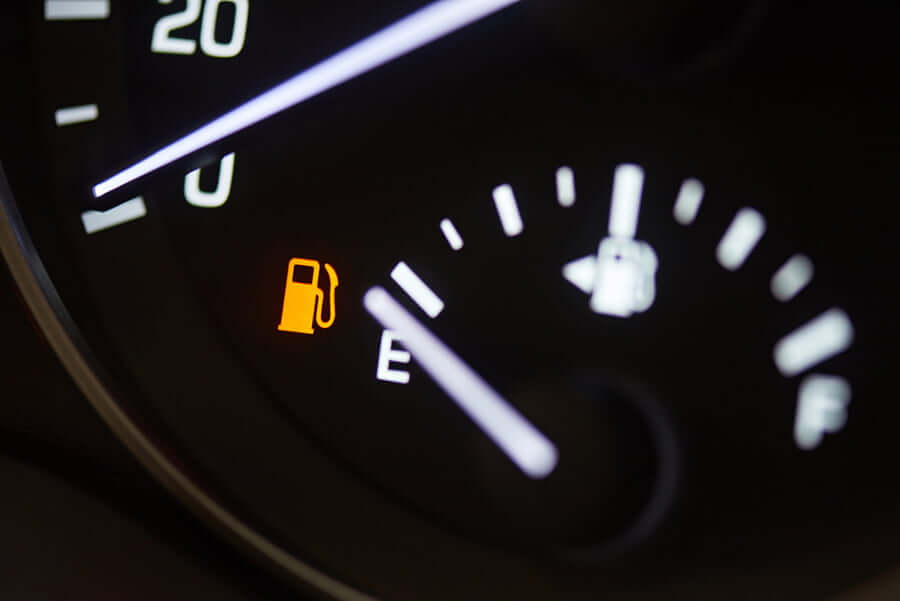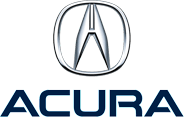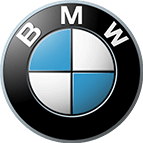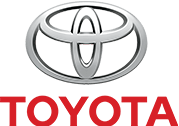
In 1885, when the first vehicle was invented, the importance of fuel-efficient technology was non-existent. Few people understood the implications of the automobile or could predict the lasting impact it would have on global economics, politics, and the environment. Both the number of vehicles on the road and the complexity of automobiles have increased. Currently, there are nearly 300 million vehicles in operation, and more variations of makes and models being released than ever before. Fuel efficiency is now front and center in the automobile industry.
As with anything transformative, concern starts to develop regarding how revolutionary technology impacts society. The emissions relating to the internal combustion engine and its influence on air quality has been an important influence on the evolution of the automobile. Fuel efficiency standards became a contentious topic between environmental groups, governmental organizations, and other stakeholders. It still is. Many of us have some familiarity with those standards, yet how they have affected the design and manufacturing of automobiles is less common knowledge.
The transmission took center stage with the creation of the first fuel efficiency standards by Congress in 1975. Vehicle manufacturers recognized the automobile could gain some fuel efficiency through improved engine design; however, the best opportunity to achieve a significant improvement in vehicle fuel efficiency would occur with the transmission. This was achieved – but at what cost?
Advances in Transmission Fuel Efficient Technology
Transmissions allow engines to function within a narrow band of revolutions per minute (RPM) by multiplying the rotational power it receives via changing gear ratios. This is accomplished within the transmission when numerous planetary gear sets and clutches engage in varying configurations. Fuel efficiency is accomplished by keeping the engine performing at lower RPMs while the vehicle is achieving increased speeds as it shifts through higher gears. Pushing an engine to redline performance is terrible for fuel efficiency and should be avoided for normal driving applications.
A bicycle is a simple analogy to the automobile. A rider needs to exert significant manual leg power to move the bike from a full stop to a cruising speed of 5 miles per hour. The same amount of leg power that got the vehicle from a stop to 5 mph could take the bicycle from 5 mph to 20 mph. That difference in power required for incremental speed is achieved with different gear ratios. Similarly, many advanced bicycles have gears to accomplish the same goal of lower power yielding increased performance to the wheels.
Increased Number of Gears
Understanding the basic objective of a transmission helps explain why increasing the number of gears available can create better fuel efficiency. More gears allow for engine RPMs to stay low and power from the engine to more efficiently get distributed to the tires. From the 1950s through the 1970s, 2 and 3 speed transmissions were common in the automotive industry. Fast forward to the last decade, 6 and 8 speeds have become standard in most automatic transmissions. We are beginning to see an increasing number of 10 speed transmissions being installed into newer vehicles. Fuel economy is a primary motivator with a smooth driver experience (i.e. not feeling a shift between gears) being a secondary benefit and influencing factor. Don’t think this increase is stopping anytime soon either – there are 11 and 12 speed transmissions in the planning and development stages.
Continuously Variable Transmission
Another adjustment that is becoming more common is the use of the continuously variable transmission (CVT). Rather than using gears to help control the engine-to-wheel speed ratio, these transmissions rely on a pulley system, which allows for more efficient operation. The concept of the CVT was first introduced over 500 years ago by none other than Leonardo da Vinci; however, over the years, that technology has been refined to the CVT transmission commonly used by Nissan, Subaru, Dodge, Honda, Chevrolet, Ford, Toyota, and other major vehicle manufacturers. CVTs often provide better fuel efficiency than other passenger vehicles and can also provide smoother acceleration, something that can be lacking in other vehicles due to the changing of gears. Due to its inability to manage load, this technology has been predominately limited to passenger vehicles and small SUVs.
Automatic Transmission vs. Manual Transmission
Which transmission is better? This is a question that regularly comes up in our industry and is often talked about. Which is best: an automatic transmission or a manual transmission? Both have their pros and cons, but when it comes to fuel efficiency, the manual normally transmission wins out. Assuming the driver is not racing the vehicle, manual transmissions allow drivers to use vehicle “feel” and engine “sound” to shift the transmission at the right RPMs. An automatic transmission does not have that capability. Moreover, manual transmissions have fewer parts and therefore possess a lower likelihood of a parts failure. It does, however, need a clutch pad and flywheel resurfaced periodically. Manual transmissions accomplish great fuel economy while achieving better durability than its automatic counterpart. They are also more economic to produce, helping explain why these vehicles tend to carry slightly lower MSRP prices than vehicles with an automatic transmission.
Creating Even More Fuel-Efficient Technologies
As the fuel efficiency standards discussion continues, so do discussions surrounding the development of more fuel-efficient technologies. There is more to the increasing technology of the transmission than the transmission itself. Many parts that work in conjunction with a transmission are also constantly in development. Here are a few noteworthy developments:
Hyper-elliptical torque converters – These are skinnier than their predecessor, which means they will take up less room. A smaller torque converter assists in keeping the width of both the transmission and the engine narrow and takes weight off the vehicle, enhancing fuel economy.
Transmission electro-hydraulic control modules (TEHCM) – This component will consolidate the functions of the transmission control module, valve body solenoids, and both the pressure and temperature switches. Like the hyper-elliptical torque converters, these units are meant to save on space and weight to help increase fuel economy. Since their introduction, the demand for these units from vehicle manufacturers has steadily increased.
Solenoids – These components were found in transmissions half a century ago. Back then, a transmission might have one or two of these components that switch from open/close positions allowing the transportation of hydraulic fluid to different portions of the transmission. This movement of hydraulic fluid allows the literal shifting of gears. As the number of gears in a transmission has increased, so have the number of solenoids. In some transmissions, there might be 10-15 solenoids with unique functions. Moreover, many modern solenoids can function at various degrees of open/closed allowing for seemingly countless combinations of fluid flow. Those development have allowed more precision around shifting and accommodates more gear configurations.
Transmission Durability
The evolution of the transmission has clearly focused on achieving greater fuel efficiency, yet other objectives may have been overlooked. Durability, for example, can be questioned for certain transmissions that achieve great fuel economy. Lower greenhouse emissions and achieving greater miles per gallon sounds amazing, but what if you must rebuild, replace, or repair your transmission every 50,000 or 100,000 miles? The cost of transmission repair, especially with the electrical complexity found in today’s designs, has increased. Therefore, consumers should be just as concerned with the durability of a transmission as they are with fuel economy standards. Across all major transmission repairs, our team is beginning to see the average mileage on repaired vehicles decline for the first time in four decades. This is a trend that manufacturers, consumers, regulatory agencies, and the automotive repair industry need to keep a close eye on.
Trust Transmission Repair to Transmission Specialists
It is obvious the transmission has evolved more than most other components of a vehicle, yet there are fewer transmission repair shops today than 10 years ago. How is this possible? Transmission repair requires investing in highly skilled technicians, advanced technology, and disciplined operations. Unlike other segments of the automotive repair industry, there is little room for error. Our confidence is shown with our industry-leading warranty program. Many transmission shops could not keep up with the evolution and increased demands of being a transmission specialist. The Advanced Transmission Center team has prepared for that challenge over four decades and continues to prioritize first-rate service at a fair price. We are “Geared for Customer Service” and aim to be the best at transmission repair in Denver metro and Colorado for years to come.
If you are having transmission problems, or need maintenance work done, give us a call today to schedule an appointment.
Southwest Metro Denver (Lakewood/Littleton): Call (303) 922-4102
Northwest Metro Denver (Westminster): Call (303) 421-4140
You can also send us a message!
Advanced Transmission Center is a Colorado-owned and operated auto repair shop with locations in Denver / Lakewood and Westminster. ATC specializes in driveline issues such as automatic transmission repair, four wheel drive repair, clutch replacement, differentials, manual transmissions and CVT. As Colorado's first AAA approved shop our goal is to provide accurate, timely service with exceptional customer satisfaction. All of our technicians are certified in the latest makes and models and we are one of the few transmission repair shops with a nationwide warranty.



 Free Customer Towing Service
Free Customer Towing Service  Free TrueTest™ Inspection
Free TrueTest™ Inspection  Fast Transmission Services
Fast Transmission Services  Comprehensive Warranty in Denver
Comprehensive Warranty in Denver 


























Pingback: Difference Between Manual and Automatic Transmissions | ATC